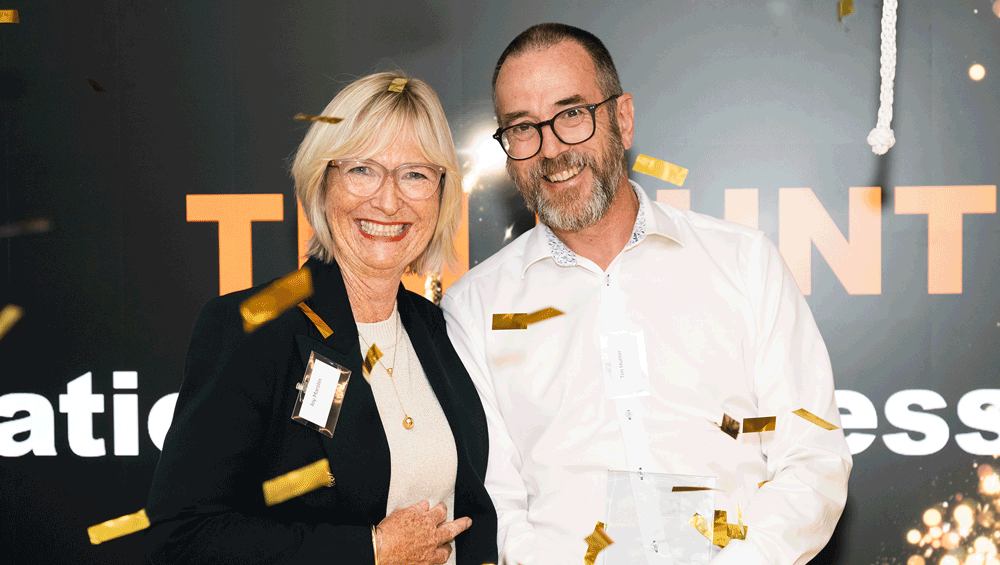
Multiple studies show that most strategic plans fail. The reasons are many, but one mistake is common. Teams believe they know what “strategic” means, but they end up being wrong to the detriment of their companies.
Their “strategic plan” lacks actual strategic thinking. Here’s how it happens: If you have ever reviewed a company’s strategic plan, you probably uncovered a long list of aspirations. They may have been grouped in a convenient, catchy way, but as you scanned, something interesting happened.
Your scepticism and doubts grew. Why? You simply didn’t believe the organisation has what it takes to accomplish all the goals simultaneously. In fact, the longer the list, the more you think it’s likely to fall apart.
Instead, you may predict that as daily emergencies pop up, the grand commitments will be set aside, forgotten. How can this be avoided? One solution is to change the use of the term ‘strategic’. Label abuse In today’s world, we employ the term strategic casually, whenever we want to indicate importance.
We believe that adding a strategy label adds emphasis and weight. Unfortunately, we now use it so often that this trick no longer has the charm it had. Instead, our audience tunes out.
But this is more than a communication problem. When a team holds a retreat and works hard for a few days, it must count. Everything in the final report should be strategic, correct? Nothing could be further from the truth.
In a typical session, it’s easy to emerge with a list of creative aspirations. Simply conduct a brainstorm in which participants cough up their best ideas. There doesn’t need to be much structure.
Good intentions and positive vibes are enough. The end-result is a long lengthy compilation of hopeful outcomes, which are then translated into a hundred-page report. Perhaps, this common approach explains why such a wish-list looks like any other within a given industry.
This clarifies the reason for their failure. If this seems familiar, how can your company rescue its plan from banality? The strategy triad Peter Compo’s book The Emergent Strategy offers a solution. A redefinition.
After surveying various definitions of ‘strategic’, he proposed a new triad your company might use. 1. Aspiration: a non-trivial goal requiring a special effort to accomplish.
By definition, it won’t happen on its own. 2. A bottleneck – the primary obstacle hindering your organisation from reaching its aspirations.
3. Choice-making, guiding principle – a rule of thumb used to navigate myriad actions to overcome the bottleneck. For instance, a shop wants to increase profits.
The owner’s analysis shows the greatest bottleneck to be low familiarity with the brand. The guiding principle could be to use multiple channels – online, in-person, staff and partnerships – to raise brand awareness. It sounds easy.
In a recent strategic planning retreat, I challenged a leadership team to use the triad to think more deeply. It proved difficult. They had to collaborate to identify bottlenecks from a new perspective.
The process revealed a lack of data, a common issue for cross-functional issues. As such, team members were forced to rely on first-hand experience, rather than data. But fortunately, they were still able to find bottlenecks and guiding principles.
Ultimately, these principles would later empower team members to make the daily trade-offs needed to bust bottlenecks. In this way, staff were able to align their choices with the strategic plan. In fact, frontline employees have more influence because they are responsible for day-to-day actions.
While this alignment is what leaders want, it’s rare. Why? Rare outcomes Leadership teams often shy away from the healthy conflict needed to build a complete strategy triad. Instead of working through C-suite disagreements, they take the easy way out.
In your organisation, you may find leaders taking the path of least resistance, retreating into creating mere wish-lists. This is also the route most consultants take. On the flip side, you might also have witnessed the opposite.
When there’s too much tension, discussions tend to meander. Feeling frustrated, your CEO or chairperson takes a shortcut. He jumps in to make a command decision.
The intervention cuts off further debate. Resist this temptation. Why? When the time comes for implementation, you will find something missing.
The reason is simple. You lack the intellectual and emotional buy-in necessary to get beyond the bottlenecks. In other words, your team won’t implement the guiding principles at the lower levels of the organisation, where it counts.
The better approach? Work through disparate points of view until there is alignment. It may not be easy, but it will be satisfying. If you can persevere through these challenging discussions, you will dramatically increase the odds of success.
Francis Wade is a management consultant and author of Perfect Time-Based Productivity . To search past columns on productivity, strategy and business processes, or give feedback, email: [email protected].













